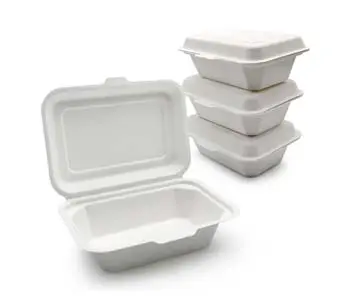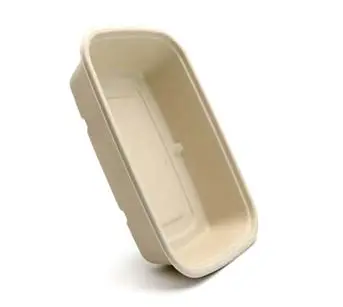Take away food packaging supplies encompass the various materials and containers used to package and transport food for consumption outside the premises of a restaurant or eating establishment. These supplies include disposable containers, wrapping materials, cutlery, and utensils.
Their primary purpose is to ensure the safe delivery of food while maintaining its quality, freshness, taste, and temperature. Takeaway food packaging supplies are designed to be convenient for both customers and businesses, allowing for easy transportation and consumption on the go.
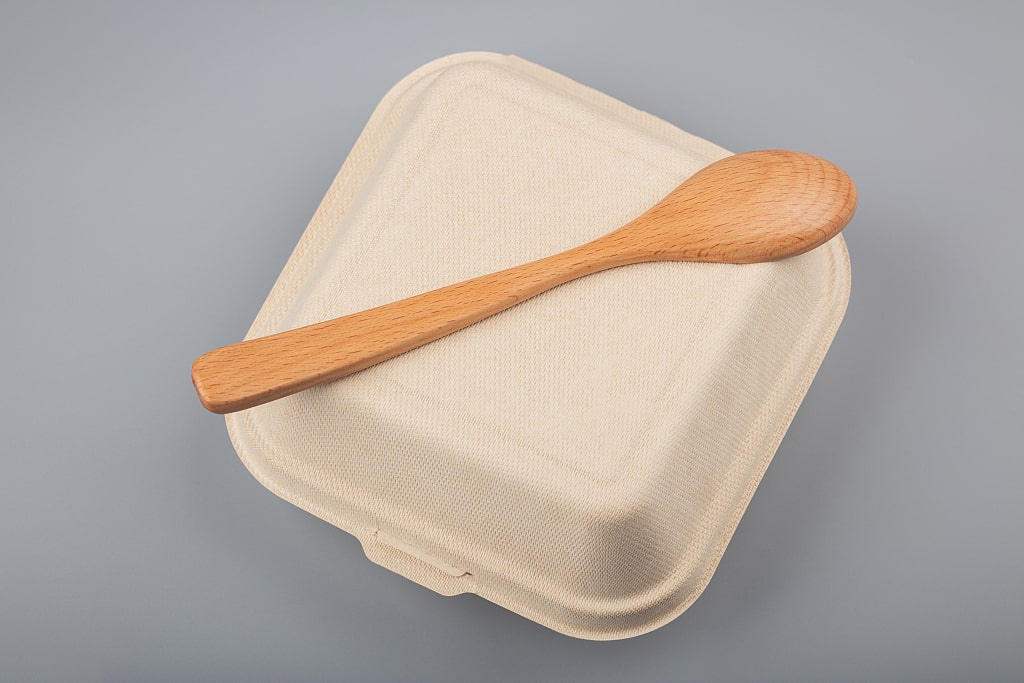
The Importance of Packaging in the Food Industry
Packaging plays a crucial role in the food industry as it serves several essential functions. Firstly, it acts as a protective barrier against external factors such as air, moisture, heat, and light that can compromise the safety and quality of the food. Adequate packaging prevents contamination and preserves freshness by creating a hygienic environment.
Secondly, packaging enhances convenience by providing easy handling, storage, and transportation options for both customers and restaurants. It allows for efficient organization during delivery services while ensuring minimal spillage or spoilage.
Thirdly, packaging serves as an advertising tool by displaying branding elements such as logos or slogans that promote brand recognition in a competitive market. Eye-catching designs can attract potential customers to choose specific establishments over others.
Sustainable packaging practices have gained significant importance due to environmental concerns. The use of eco-friendly materials reduces waste generation while demonstrating a commitment towards sustainability in the eyes of environmentally conscious consumers.
The choice of biodegradable tableware material in sustainable packaging practices is seen as a crucial step in reducing environmental impact and meeting consumer demands for eco-friendly alternatives. By opting for biodegradable tableware materials, businesses can showcase their commitment to sustainability, resonate with environmentally conscious consumers, and contribute to a healthier planet.
By recognizing the significance of take away food packaging supplies in terms of convenience, safety assurance, branding opportunities, and environmental stewardship,the food industry can effectively meet customer needs while minimizing their impact on our planet's health. (Note: The paragraph lengths may vary based on formatting requirements)
Types of Take Away Food Packaging Supplies
Disposable Containers
Subheading: Striking a Balance Between Convenience and Environmental Impact In the realm of take away food packaging supplies, disposable containers play a vital role in ensuring convenience for both businesses and customers. Among these, paper-based containers have garnered attention for their eco-friendly attributes while still serving their purpose effectively.
Paper-based containers offer several advantages, such as being lightweight, easy to fold and stack, and providing good insulation properties. They also have a pleasing aesthetic appeal that adds charm to the overall presentation of the food.
However, it is important to consider their limitations as well. Paper containers may not hold up well against liquids or oily foods, potentially leading to leaks or soggy packaging.
Additionally, they can be less durable compared to other options. To address environmental concerns associated with disposable packaging, biodegradable options have emerged as an alternative worth exploring.
Materials like bagasse (derived from sugarcane fibers), bamboo pulp, or wheat straw are increasingly utilized in the production of compostable paper containers. These materials decompose easily under proper conditions without leaving behind harmful residues or contributing significantly to landfill waste.
Sugarcane biodegradable plates, made from materials like bagasse (derived from sugarcane fibers), are becoming more prevalent in the production of compostable paper containers. These plates offer a sustainable alternative as they decompose easily under proper conditions, leaving behind no harmful residues and contributing significantly to the reduction of landfill waste. Embracing sugarcane biodegradable plates not only aligns with environmentally conscious practices but also ensures a healthier future for our planet.
Plastic containers also dominate the realm of take away food packaging due to their versatility and durability; however, they come with their own set of considerations regarding recyclability and environmental impact. Different types of plastics are commonly used in the production of these containers including PET (Polyethylene terephthalate), PP (Polypropylene), and PS (Polystyrene).
While PET is highly recyclable when disposed of properly through designated recycling systems, PP and PS face more challenges in terms of processing for recycling due to their lower market demand. Wrapping Materials
Subheading: Balancing Functionality with Sustainability When it comes to wrapping materials for take away food packaging, two commonly used options are aluminum foil and wax paper.
Each of these materials offers distinct properties that contribute to the overall functionality of food packaging while posing varying environmental impacts. Aluminum foil, known for its excellent heat retention properties, helps to keep food warm during transportation and prevents leakage.
While it serves its purpose effectively, the environmental impact of aluminum foil cannot be overlooked. Extracting and processing aluminum requires a significant amount of energy and contributes to greenhouse gas emissions.
However, aluminum is highly recyclable, meaning it can be melted down and reused in various industries. Proper recycling initiatives are crucial to ensure that aluminum foil doesn't end up in landfills, where it does not decompose easily.
On the other hand, wax paper is renowned for its grease resistance features, making it an ideal choice for wrapping oily or greasy food items. Wax paper is typically made by applying a thin layer of wax to paper sheets, rendering them resistant to moisture penetration as well.
From an environmental standpoint, wax paper stands out due to its biodegradability. It breaks down naturally over time through the process of decomposition and does not contribute significantly to landfill waste if discarded correctly.
Utensils and Cutlery Subheading: Rethinking Single-Use Plastic
The debate surrounding utensils and cutlery used in take away food packaging has intensified with growing concerns about plastic waste pollution. Plastic cutlery is often convenient due to its disposable nature; however, its single-use characteristic contributes significantly to plastic pollution in landfills and oceans.
Recognizing this issue has led businesses and consumers alike to explore alternatives that reduce plastic waste. One alternative gaining traction is reusable cutlery made from materials such as stainless steel or bamboo.
Reusable cutlery provides an eco-friendly option as they can be washed and used again multiple times before being ultimately recycled at the end of their lifespan. Moreover, using reusable cutlery reduces dependency on single-use plastics while maintaining the convenience required for take away food consumption.
In addition to reusable cutlery, various initiatives aim to reduce plastic waste by exploring other alternatives such as edible utensils made from materials like cornstarch or rice flour. These innovative options offer a sustainable alternative that eliminates the need for disposal altogether.
Wooden or bamboo utensils are also gaining popularity due to their sustainability advantages. These materials are renewable and biodegradable, making them an environmentally conscious choice.
Moreover, they offer a tactile experience and add an aesthetic element to the overall presentation of take away food. Considering composting possibilities, both wooden and bamboo utensils can be easily broken down through natural decomposition processes, resulting in nutrient-rich soil additives.
This promotes a circular approach where waste is transformed into valuable resources for agriculture or other purposes. Overall, reevaluating the use of plastic cutlery and exploring alternative options offers an opportunity to minimize environmental impact while still meeting the demands of take away food packaging.
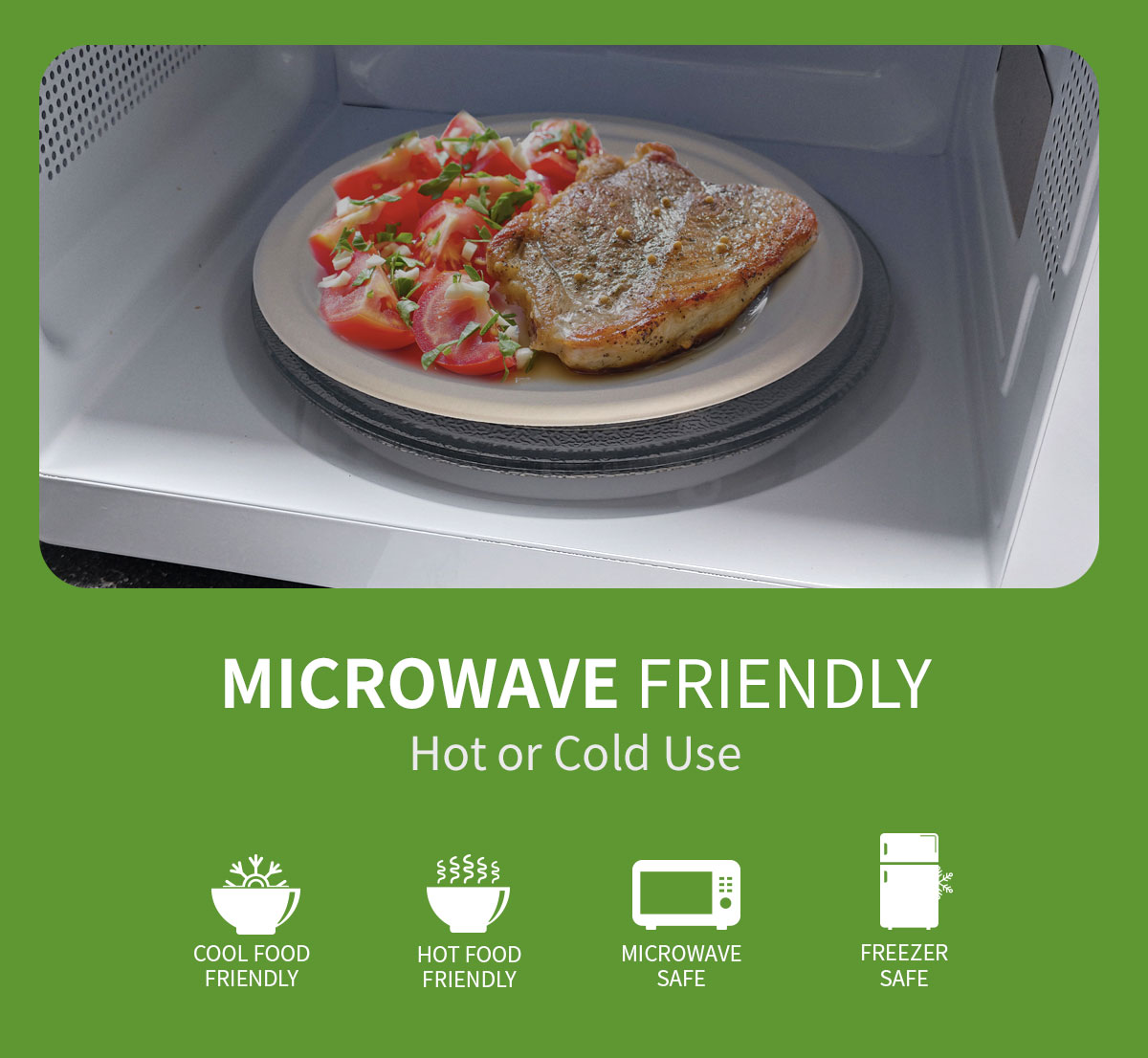
Innovative Take Away Food Packaging Solutions
Edible packaging materials
In the quest for more sustainable and environmentally friendly options, edible packaging materials have emerged as a promising solution. These materials are designed to be consumed along with the food, eliminating the need for disposal and reducing waste. One of the most exciting examples of edible packaging is seaweed-based films.
Seaweed offers a range of benefits as a packaging material: it is abundant, renewable, and biodegradable. Additionally, seaweed films can provide good oxygen barrier properties to maintain food freshness.
Another noteworthy example is rice paper wraps, which are thin sheets made from rice flour and water. They are not only biodegradable but also add an interesting texture to the dining experience.
Sustainable packaging alternatives
Finding sustainable alternatives to traditional take away food packaging has become a vital concern for both businesses and customers alike. One such alternative gaining traction is the use of reusable containers. This approach offers significant benefits for both parties involved.
For businesses, reusable containers can lead to cost savings in the long run by reducing the need for continually purchasing disposable options. Customers benefit from enhanced convenience and reduced waste generation by opting for reusable containers instead of single-use packages.
Implementing reusable containers in the take-away industry does come with its fair share of challenges. Firstly, ensuring that customers return these containers can be difficult without proper systems in place that incentivize their return or encourage responsible behavior through education campaigns.
Secondly, maintaining hygiene standards becomes paramount when dealing with reused containers; therefore, stringent cleaning protocols must be established by businesses to address any potential health concerns associated with their use. By exploring innovative solutions such as edible packaging materials and embracing sustainable alternatives like reusable containers, the take-away food industry can make significant strides towards reducing its environmental footprint while continuing to provide convenient and enjoyable dining experiences for consumers.
Trends in Take Away Food Packaging Supplies
Eco-friendly materials
Substituting traditional packaging materials with eco-friendly alternatives is a growing trend in the take away food industry. Biodegradable plastics have gained significant attention due to their ability to break down naturally over time.
One prominent example is polylactic acid (PLA), a bio-based plastic derived from renewable resources such as cornstarch or sugarcane. PLA containers and utensils offer similar functionality to their conventional counterparts, but with the added benefit of being compostable.
Cornstarch food container biodegradable options, such as those made from polylactic acid (PLA), provide a prominent example of sustainable packaging solutions. Derived from renewable resources like cornstarch or sugarcane, PLA containers and utensils offer the same functionality as conventional counterparts, while also being compostable, minimizing waste, and reducing the environmental impact of food packaging. Choosing cornstarch food container biodegradable options like PLA showcases a commitment to sustainable practices and aligns with the growing demand for eco-friendly packaging solutions.
Another promising biodegradable plastic is polyhydroxyalkanoates (PHA), which can be produced by microorganisms using organic waste as feedstock. PHA exhibits excellent biodegradability under various conditions and can serve as an effective alternative to traditional plastics.
Compostable materials
Compostable packaging materials provide an environmentally friendly solution for take away food establishments. Bagasse, a byproduct of sugarcane processing, has gained popularity as a compostable material for food containers and plates.
It offers robust insulation, heat resistance, and moisture control properties while being fully biodegradable within a few months when properly composted. Other compostable options include plant-based fibers such as bamboo, palm leaf, or wheat straw that can be molded into containers or cutlery.
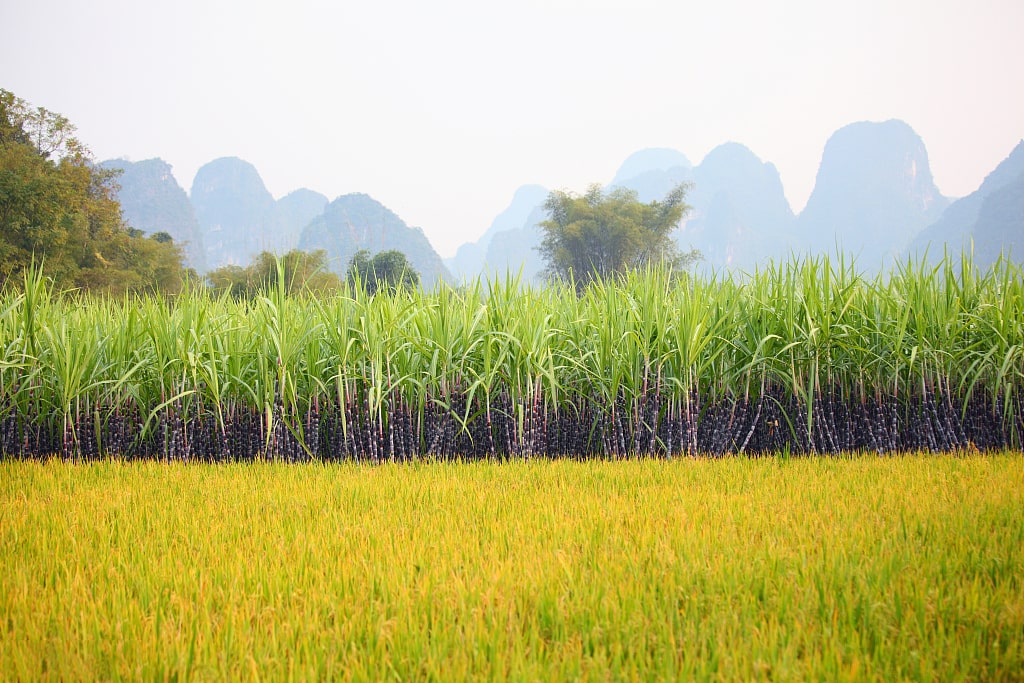
As society becomes increasingly aware of the environmental impact of single-use plastics and other non-recyclable packaging materials, the take away food industry is embracing eco-friendly alternatives that prioritize sustainability without compromising convenience or functionality. The adoption of biodegradable plastics like PLA and PHA addresses concerns surrounding traditional plastic waste by providing packaging solutions that can naturally degrade over time.
Compostable materials like bagasse offer another avenue for reducing environmental footprint while maintaining high quality and performance standards in food packaging. By embracing these trends, the take away food industry has the potential to make a significant positive impact on our planet's health and promote a greener future.





